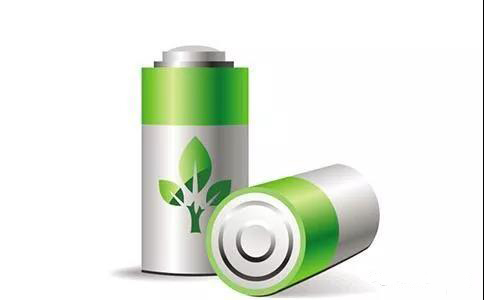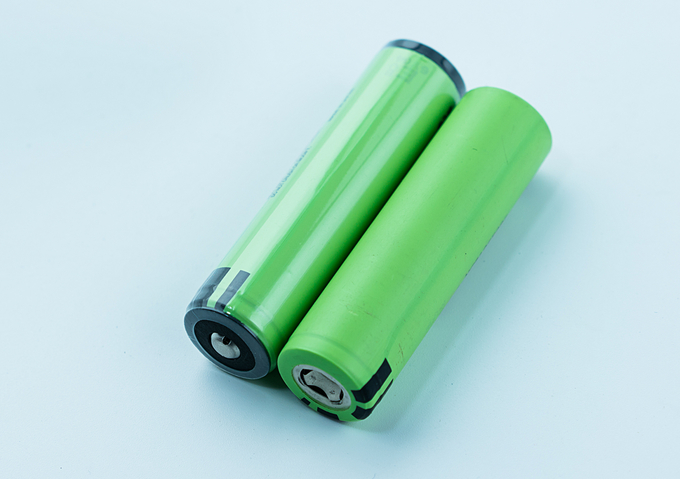Built in Li-ion Battery –Construction and Working
APR 08, 2020 Pageview:1945
First invented in the 1970s and then manufactured commercially by Sony in the year 1991, lithium-ion batteries are now used in airplanes, mobile phones and cars. In this article, we’ll discuss about the construction and working of built in lithium-ion batteries.
How is a Li-ion battery constructed?
Sony produced the first rechargeable lithium-ion battery based on the concept of electrochemical potential. Lithium, which has the highest tendency to lose electrons, is used in lithium ion batteries. Lithium has only one electron in its shell, for this reason, it always wants to lose that electron. Pure lithium is a highly reactive metal. However, it will react with air and water.
The trick to making lithium ion batteries is that the purest lithium is an active metal. However, when lithium is part of a metal oxide, it is very stable. Suppose we somehow separate the lithium atoms from the metal oxide. This lithium atom is extremely unstable and will immediately form lithium ions and electrons. However, lithium as part of the metal oxide is much more stable than that. If two different paths can be provided for the flow of lithium ions and electrons between lithium and metal oxides, the lithium atoms will automatically reach the metal oxide segment. In this process, we generate electricity from the flow of electrons through a path. From this discussion it is clear that if we first separate the lithium atoms from the lithium metal oxide and then direct the wandering electrons from these lithium atoms through an external circuit, we can obtain from the lithium metal oxide Generate electricity.
In actual batteries, graphite and metal oxides are covered with copper and aluminum plates. Here you can easily remove the leaves as a current collector and the positive and negative connectors from the current collector. The lithium salt acts as an electrolyte and is coated on a separator. All three sheets are wrapped in a cylinder around a central steel core, making the battery more compact.
What material do you need to build a Li-ion Battery?
Cathode Materials
The most common materials that can be used as cathode for li-ion battery include lithium cobalt-oxide, Lithium manganese-oxide, vanadium oxides and rechargeable lithium oxides. Eleven to twelve layered oxides carrying nickel and cobalt are the most used materials for lithium ion batteries. They hold a high stability in the range of high-voltage but cobalt in nature has very low availability and is toxic, which is a huge drawback for mass manufacturing. Manganese provides excellent rate capabilities and a low-cost substitution with a high thermal threshold but restricted cycling behavior. Hence, mixtures of cobalt, nickel and manganese are commonly used to combine the best characteristics and minimize the drawbacks.
Anode Materials
The common anode materials for lithium-ion batteries are graphite, lithium, lithium-alloying materials, and silicon. Lithium known to be a very straight forward material but presents issues with dendritic growth and cycling behavior, which leads to short circuits. Many efforts with various varieties of graphite have been made increase the capacity but have come with the cost of high processing prices. Silicon has a tremendously high capacity of about 4,199 mAh/g but shows poor cycling behavior and fading of capacity not yet understood.
Electrolytes
A long-lasting and safe battery needs a vigorous electrolyte that can resist existing voltage and high temperatures and also has a long mean life while providing a high mobility for lithium ions. Types include polymer, liquid, and solid-state electrolytes. Mostly liquid electrolytes are solvent based and organic electrolytes that contains LiPF6, LiBC4O8 (LiBOB) or similar. Their flammability is the most important thing to consider. Hence, explosion or venting of the cell and thus the battery pose a danger.
Separators
The separator physically separates the two electrodes from one another, thus preventing a short circuit. In liquid electrolyte case, the separator works as a foam material that is steeped with the electrolyte and holds it in place.
How do the components of Li-ion Battery work?
Practical lithium-ion batteries use electrolytes and graphite. Graphite has a layered structure and these layers are flexibly bonded so that the separate lithium ions can be easily stored here. The electrolyte between the graphite in the metal oxide acts as a protection, allowing only lithium ions to enter.
Now let's see what happens when the power is connected with this configuration. The positive electrode of the energy source obviously attracts and removes electrons from the lithium atoms of the metal oxide. These electrons flow through external circuits because they cannot flow through the electrolyte and reach the graphite layer. At the same time, positively charged lithium ions will be attracted to the negative terminal and flow through the electrolyte. Lithium ions also reached the space of the graphite layer and got trapped there. When all the lithium atoms hit the toner flakes, the blister packs are fully charged. Therefore, we achieved our first goal: lithium ions and electrons separated by metal oxides.
As we have discussed, this is an unstable situation when climbing a mountain. After disconnecting the power source and connecting the load, due to the voltage, the lithium ions hope to return to their stable state as part of the metal, the lithium ions move through the electrolyte and the electrolyte charges it as if he slipped down a hill. In this way we can supply energy through the load.
Note that graphite has no role in the chemical reaction of lithium ion batteries. Graphite is only a lithium-ion storage medium. If the internal temperature of the battery rises due to abnormal conditions, the liquid electrolyte will dry out and a short circuit will occur between the anode and the cathode, which could cause a fire or explosion. To avoid this, an insulating layer called a separator is placed between the electrodes. The separator is permeable to lithium ion due to its small porosity.
- Prev Article: DIY 18650 Battery Holder Case Box-Definition and Working
- Next Article: Cheap Lithium Car Batteries General Cost and Trend
Leave Message
Hottest Categories
-
Hottest Industry News
-
Latest Industry News












